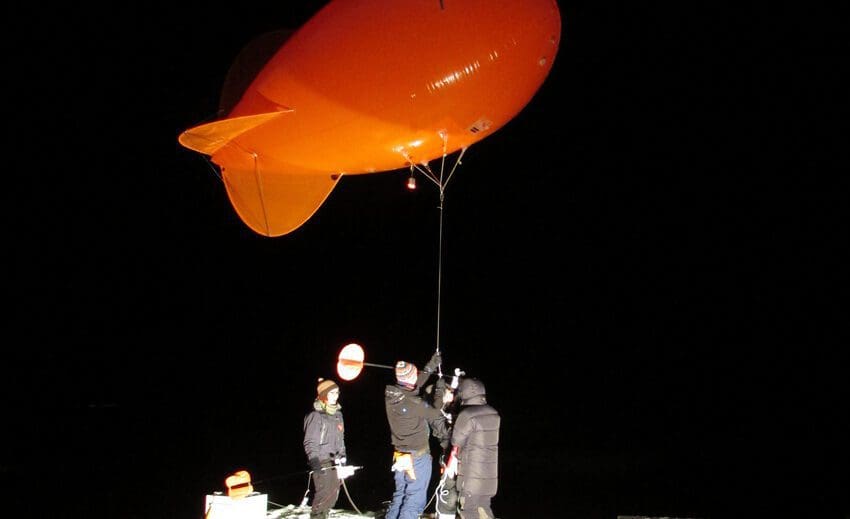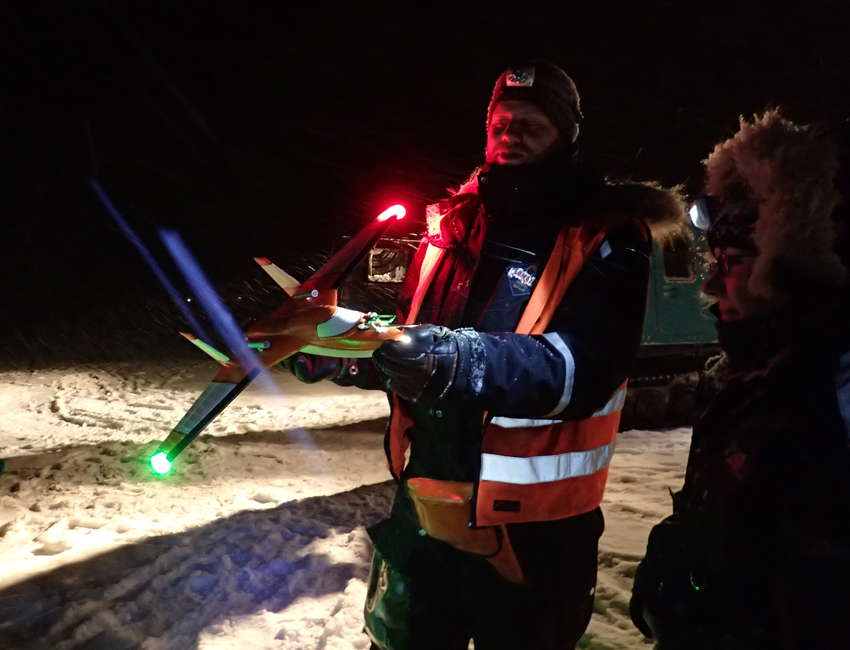AGF-850 The Arctic Atmospheric Boundary Layer and Local Climate Processes (10 ECTS)
ID:
AGF-850
CREDITS:
10 ECTS
APPLICATION DEADLINE:
October 15, 2023
START DATE:
January 08, 2024
COURSE PERIOD:
Spring semester (January 8th - February 23)

AGF-350/850 fieldwork in February. Photo: Marius Jonassen/UNIS.
| Grade: | Letter grade (A through F) |
| Course Cost: | None |
| Course Capacity Min/Max: | 10/20 students (AGF-350/850 in total) |
| Language of instruction: | English |
| Examination support material: | Bilingual dictionary between English and mother tongue |
UNIS Contact person:
Course requirements
Enrolment in a relevant PhD programme. Students should have general knowledge about meteorology, like AGF-213 Polar Meteorology and Climate or similar.
Academic content
Weather forecasts in the Arctic are often unreliable, and the global climate models show a large uncertainty in scenarios. One of the reasons is that processes in the Arctic atmospheric boundary layer often are poorly implemented in these kinds of models. The course covers themes relevant for the Arctic atmospheric boundary layer including theory of the boundary layer with special emphasis on the stable boundary layer.
Amongst the covered topics are also boundary layer turbulence and topographically induced phenomena such as drainage flow, channelling effects and barrier flows. Air-sea-ice interactions are central to the Arctic climate and will be covered and related to e.g., heat fluxes over leads and polynyas. The course will also include lessons on measurement techniques, numerical modelling and data analysis relevant for the mentioned topics.
Learning outcomes
Upon completing the course, the students will:
Knowledge
- have an advanced knowledge of terminology, theories and observational techniques covering physical processes and phenomena typical of the Arctic atmospheric boundary layer
- have the ability to describe and identify the challenges of taking meteorological measurements and applying numerical models in the Arctic and knowledge of how the Arctic boundary layer differs from that at lower latitudes.
Skills
- have the ability to measure and analyse atmospheric data from the Arctic atmospheric boundary layer and be able to communicate these data by written and oral means.
General competences
- based on the knowledge and skills obtained during the course, be able to discuss and evaluate data from phenomena typical for the Arctic atmospheric boundary layer
- based on training received and experience gained during the fieldwork, be able to facilitate group work in the field.
Learning activities
The course extends over ca 6 weeks including compulsory safety training, and is run in combination with AGF-350.
The course is centred on the following types of learning activities:
- classroom lectures covering background theory and concepts related to phenomena that are typical for the Arctic boundary layer,
- computer exercises relevant and instructive for understanding the themes and phenomena introduced in the classroom lectures,
- seminars covering the observational and numerical tools that will be used during the course. These seminars will include hands-on experience with the instruments and an introduction to data analysis of the datasets from the observations and numerical simulations performed during the course,
- fieldwork addressing a selection of the phenomena introduced in points 1) and 2) using the instrumentation introduced in point 3). With guidance from the lecturers, the students will take an active part in both the planning and the execution of the fieldwork,
- presentations by the students after each day of fieldwork covering preliminary results and a final presentation by the students of reports that will be written in groups.
Summary
- Total lecture hours: 35 hours.
- Total seminar hours: 10 hours.
- Fieldwork and computer exercises: 1 week.
Compulsory learning activities
All compulsory learning activities must be approved in order to sit the exam.
- Fieldwork
- Oral presentation of field report
- Computer exercises
- Presentation of PhD thesis project
Assessment
- All assessments must be passed in order to pass the course.
- Each assessment is graded, and subsequently combined into a single grade. Partial grades for each assessment will be available.
| Method |
Percentage of final grade
|
| Written report of a quality suitable for submission to a scientific journal | 30% |
| Oral exam | 70% |
Student life

